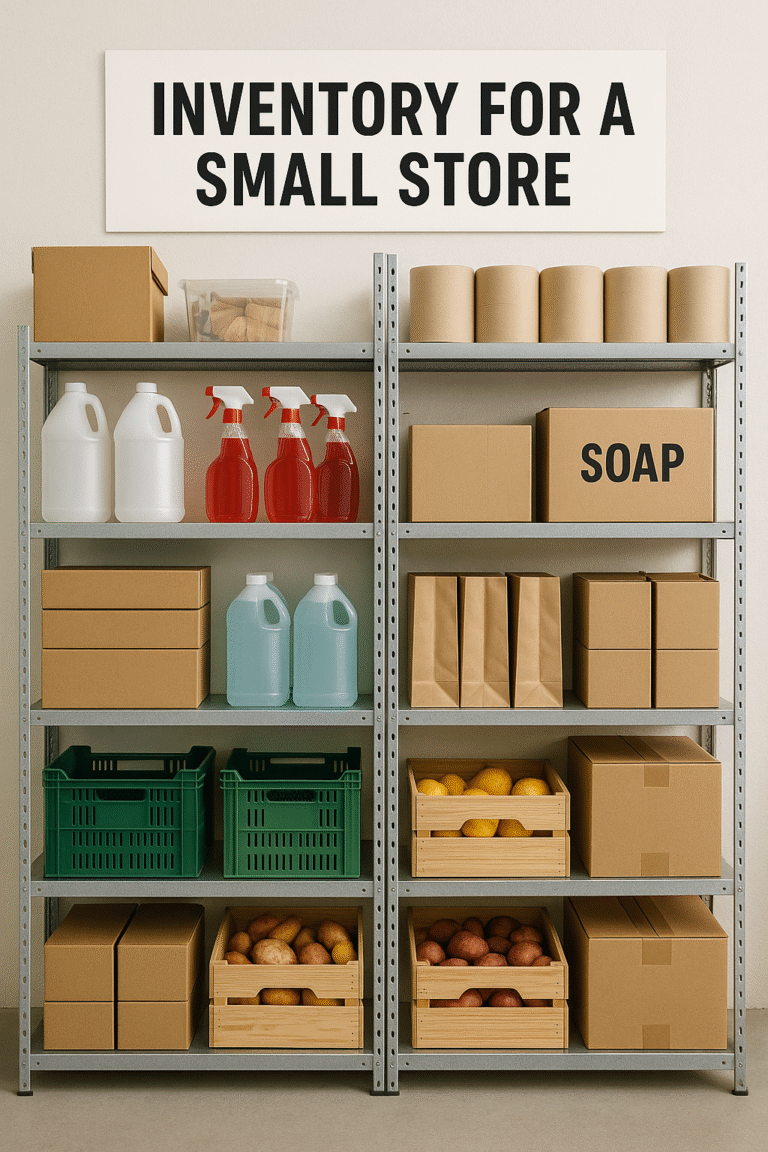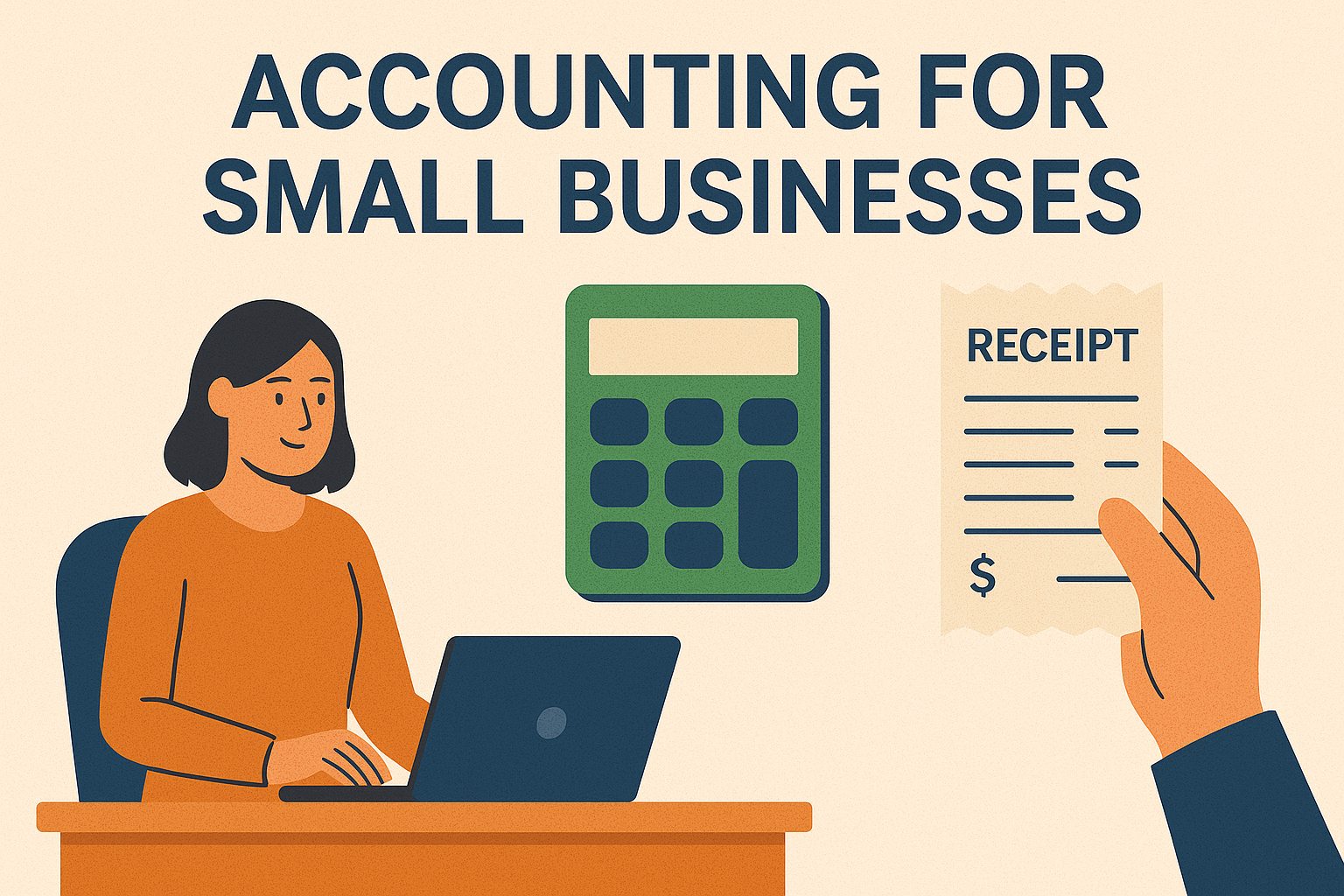How to Price Products in a Local Market: Practical Guide
Introduction
Pricing is one of the most important aspects of running a successful small business. Whether you own a Kirana store, a mobile shop, a small boutique, or a food stall in a local market, how you price your products can make or break your business. In highly competitive Indian markets, where customers are price-sensitive, setting the right price requires a combination of strategy, market understanding, and practical thinking.
In this complete 1500-word guide, we’ll explore how to set prices for your products in a local Indian market—especially for small shopkeepers and retailers.
Why Is Pricing Important?
The right pricing ensures:
- You make a profit
- You stay competitive
- You attract and retain customers
- You cover costs like rent, electricity, and transport
If you set the price too low, you may get more sales but lose money. If you set it too high, you may lose customers. A balanced pricing strategy builds trust, ensures sustainability, and improves your bottom line.
Factors That Influence Product Pricing
Before deciding how much to charge for a product, consider these:
1. Cost of Goods Sold (COGS)
This includes:
- Purchase price
- Shipping or transport
- GST or other applicable taxes
Example: If you buy a pack of biscuits at ₹8 and spend ₹1 on transport, your COGS is ₹9.
2. Operating Costs
Your shop’s monthly expenses:
- Rent
- Electricity
- Staff wages
- Packaging
- Maintenance
Distribute these over your total monthly sales to include a portion in each item’s price.
3. Market Price and Competitor Pricing
Survey other shops in your area:
- What do they charge for the same item?
- Are they giving discounts?
Stay within range unless you offer better quality or service.
4. Customer Willingness to Pay
Local economic status matters. Don’t expect the same prices in a metro city and a Tier-3 town. Understand your customer’s budget.
5. Brand Value and Perception
If your store is known for premium products or trust, you can price slightly higher. People often pay extra for quality, hygiene, or convenience.
Pricing Strategies for Local Markets
1. Cost-Plus Pricing
Simple and most commonly used method:
Formula:
Selling Price = Cost Price + Profit Margin
Example:
- Cost Price = ₹50
- Desired Profit = ₹10
- Selling Price = ₹60
Works best for basic products like groceries, stationery, etc.
2. Competitive Pricing
Used when the market has many sellers of the same product. Match the market rate or stay slightly below to attract buyers.
Best for:
- Mobile accessories
- Fashion items
- Snacks and beverages
3. Value-Based Pricing
Charge based on what customers feel the product is worth, not just cost. If your product solves a big problem or is unique, you can charge more.
Example:
- Organic honey, handmade soaps, local crafts
4. Psychological Pricing
Use numbers smartly. Customers often see ₹49 as cheaper than ₹50.
Examples:
- ₹99 instead of ₹100
- ₹9.95 instead of ₹10
5. Bundle Pricing
Sell related products together for a better deal.
Example:
- Combo of shampoo + conditioner
- Pack of 3 soaps at a discounted rate
Steps to Set the Right Price for Your Products
Step 1: Calculate Total Cost
Include product cost + transport + storage + damage loss (if any).
Step 2: Add Overhead Share
Break down your monthly operating cost per item:
- Monthly rent: ₹10,000
- Monthly sales volume: 5,000 units
- Overhead per item: ₹2
Step 3: Decide Profit Margin
Set a reasonable margin:
- Groceries: 5–10%
- Electronics: 10–20%
- Fashion items: 25–40%
Step 4: Check Competitor Prices
Visit 3–5 local stores or check online platforms like BigBasket, Flipkart, or Udaan.
Step 5: Adjust for Customer Expectations
Know your market:
- Middle-class area: moderate prices
- Premium neighborhood: higher prices
- Student area: budget pricing
Common Mistakes in Pricing Products
1. Ignoring Costs
Some shopkeepers set prices based only on competitor rates, not their own costs. This leads to losses.
2. Being Too Cheap
Cheap pricing can attract customers initially but may reduce your profit and brand value.
3. Inconsistent Pricing
Don’t charge different rates to different customers unless you’re offering a discount.
4. Not Revisiting Prices
Costs change due to inflation, GST, fuel hikes. Revise your pricing every 3–6 months.
How to Test and Improve Your Pricing
- A/B Pricing: Try different prices on different days and track sales.
- Customer Feedback: Ask loyal buyers if the price feels fair.
- Sales Data: Compare sales volume at various price points.
- Track Profit Margins: Use Excel or apps to track which products bring higher margins.
Tools You Can Use for Pricing and Profit Tracking
1. Google Sheets / Excel
Create simple tables to calculate costs, profits, and sales.
2. Vyapar App
Includes billing, GST, profit tracking, and inventory management.
3. KhataBook / OkCredit
Good for credit sales and customer ledger. Also supports basic stock tracking.
4. Udaan App
Use to compare wholesale prices before finalizing your product pricing.
Tips for Seasonal and Perishable Product Pricing
Perishable Goods (Fruits, Dairy, Bakery)
- Use FIFO (First-In, First-Out)
- Offer quick discounts for near-expiry items
- Keep margins low to encourage faster turnover
Seasonal Goods (Holi colors, Diwali lights)
- Start with higher margins early in the season
- Offer discounts near the end of the season
Case Study: How a Kirana Shop Improved Pricing in Varanasi
Shop Name: Om Prakash Kirana Store, Sigra, Varanasi
Problem: Low profits despite good sales
Steps Taken:
- Used Google Sheets to record costs and sales
- Switched to cost-plus pricing with 10% margin
- Bundled low-selling items with fast-moving ones
- Changed prices of 20+ items using customer feedback
Result:
- Monthly profit improved by 22%
- Customer retention increased
Local Market Pricing in Rural vs Urban Areas
| Factor | Rural Area | Urban Area |
|---|---|---|
| Price Sensitivity | Very High | Moderate |
| Volume of Sales | Medium | High |
| Product Variety | Limited | Extensive |
| Packaging | Loose preferred | Branded preferred |
Adjust prices accordingly. In rural areas, small profit margins but more trust-building works best. In cities, customers may pay extra for branding or hygiene.
FAQs on Product Pricing for Indian Small Businesses
Q1: Should I always match competitor prices?
Not necessarily. Offer better service or packaging to justify your price.
Q2: How often should I update prices?
Every 3–6 months or when supplier rates change.
Q3: What is a good profit margin for a small store?
Depends on the category. 10–20% is a safe range for most items.
Q4: Can I price high-quality products higher?
Yes, but ensure customers understand the value (taste, durability, quality).
Conclusion
Product pricing is not guesswork—it’s a careful balance between your costs, the market, and your customers. By understanding how pricing works, using smart strategies, and adjusting based on real data, you can make your small store more profitable and sustainable.
Start by tracking costs, comparing competitor pricing, and setting clear margins. Use tools like Excel or Vyapar to stay organized. Over time, as you understand your customer better, you’ll find the pricing sweet spot that works best for your local market.



